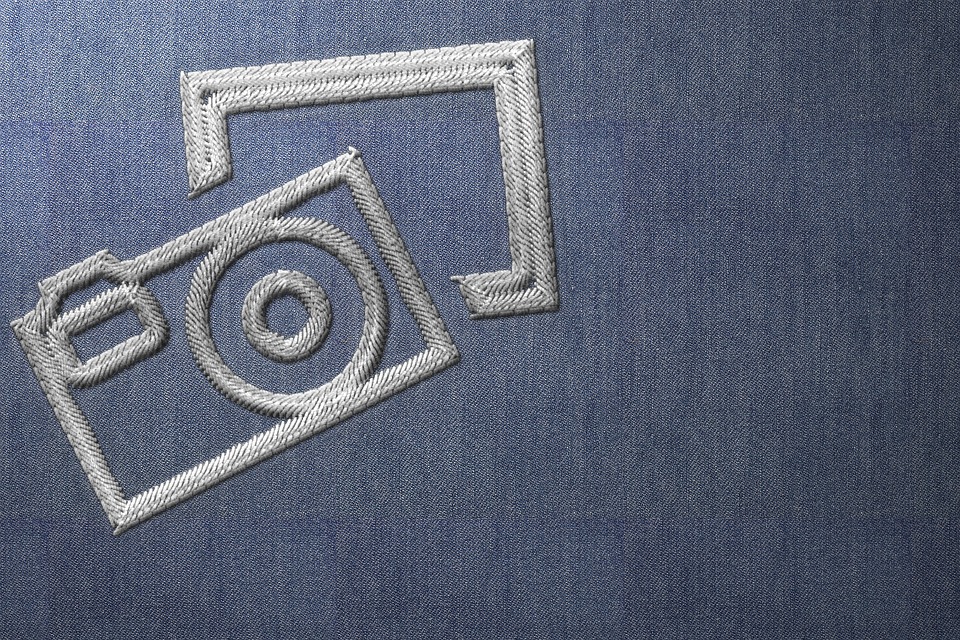Viscose thread, also known as rayon, is a soft and luxurious fiber that is widely used in the textile industry. It is prized for its silk-like appearance, smooth feel, and ability to drape beautifully on the body. But what exactly is viscose thread, and how is it made?
Viscose thread is an artificially created fiber made from regenerated cellulose. Cellulose is a substance found in the cell walls of plants, and it is the most abundant organic compound on Earth. In the case of viscose thread, cellulose is extracted from wood pulp or bamboo, which are both sustainable and renewable resources.
The process of turning cellulose into viscose thread involves several steps. First, the wood pulp or bamboo is treated with chemicals to break it down into a liquid form. This liquid is then filtered, purified, and mixed with other chemicals to create a viscous solution called viscose.
Next, the viscose solution is extruded through small holes called spinnerets, which solidify the solution into long threads. These threads are then washed, dried, and stretched to align the cellulose molecules, improving the strength and elasticity of the final product.
Once the viscose threads are produced, they can be dyed in a variety of colors and woven into fabric. Viscose thread is known for its ability to absorb dyes easily, resulting in vibrant and long-lasting colors. It can also be blended with other fibers such as cotton or polyester to enhance its properties.
One of the key advantages of viscose thread is its breathability. The structure of the fibers allows air to circulate freely, making it an excellent choice for warm climates or people who tend to overheat. Viscose thread also has moisture-absorbing properties, which helps to keep the wearer cool and dry.
Another benefit of viscose thread is its softness. The smooth surface of the fibers feels gentle against the skin, making it a popular choice for clothing items such as dresses, blouses, and scarves. Its luxurious drape is also highly sought after, as viscose thread can create flowing and elegant garments.
However, like any other fabric, viscose thread does have some considerations. It is not as durable as natural fibers such as cotton or wool, and it can lose its shape or shrink if not washed and cared for properly. It is best to follow the instructions on the garment’s care label to ensure its longevity.
In conclusion, understanding viscose thread involves appreciating the science behind this soft and luxurious fiber. Made from regenerated cellulose, it is created through a complex process of extracting and transforming wood pulp or bamboo into viscous threads. Its breathability, softness, and draping qualities make it a popular choice for high-quality textiles. So, the next time you wrap yourself in a beautifully flowing viscose garment, you can appreciate the intricate science that went into creating it.

